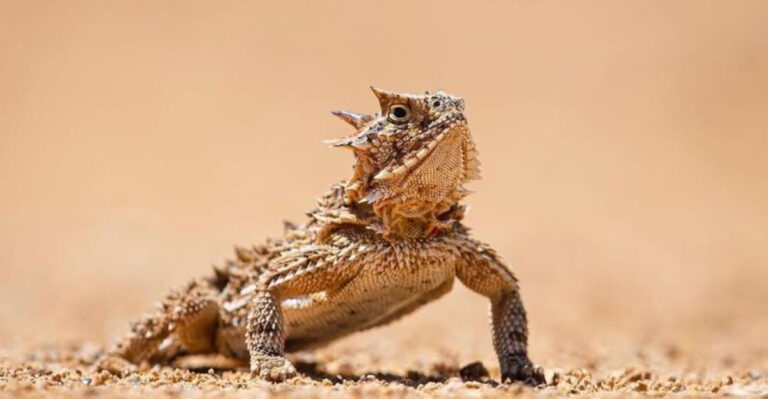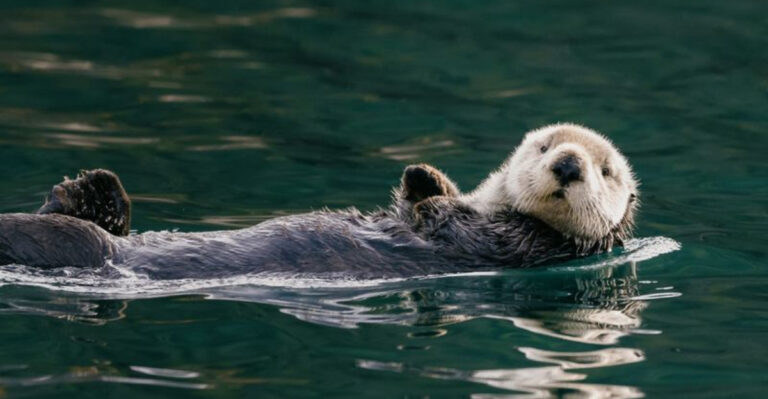15 Creatures With Natural Armor (And How They Actually Work)
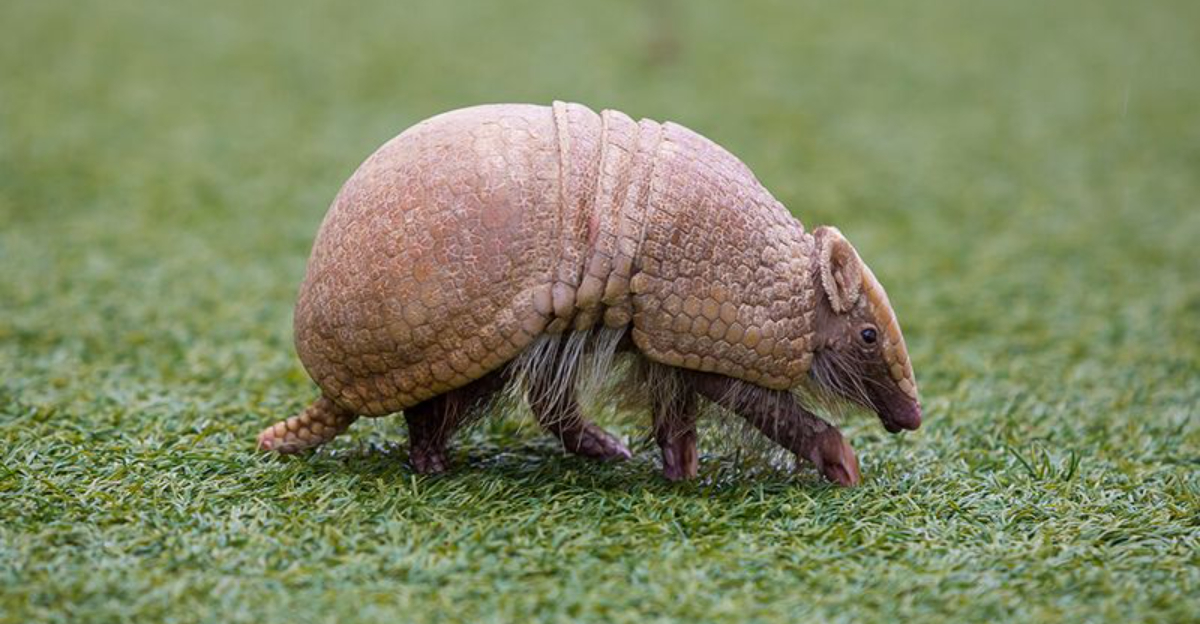
Nature has equipped many creatures with impressive built-in armor systems that protect them from predators and harsh environments.
These natural defense mechanisms range from hard shells to spiny plates and come in countless variations across species. Let’s explore some of the most fascinating armored creatures on our planet and discover how their protective coverings actually function.
1. Armadillos
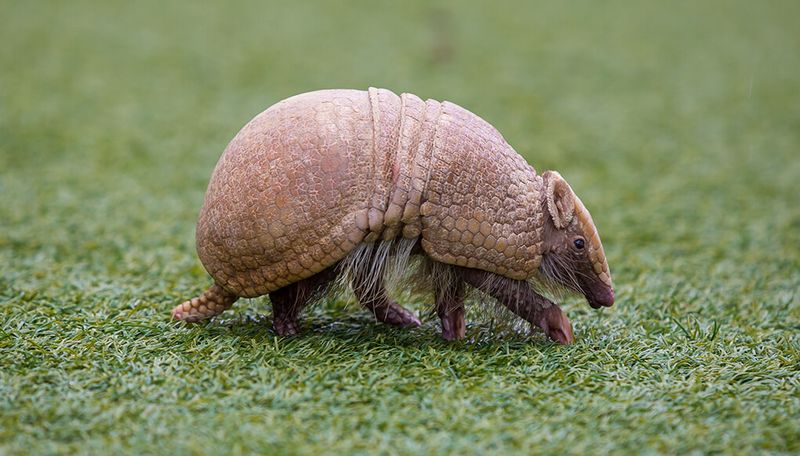
Beneath those segmented plates lies a fascinating defense system. Armadillos are covered in bony plates called osteoderms that connect through flexible skin, allowing them to roll into a protective ball when threatened.
The three-banded armadillo is the only species that can fully enclose itself this way. Their armor isn’t just for protection—it also stores calcium and helps regulate body temperature in harsh environments.
2. Turtles

Sporting one of nature’s most recognizable armor systems, turtles carry their protection everywhere. Their shell consists of two main parts: the carapace (top) and plastron (bottom), fused with their skeleton.
Unlike what cartoons suggest, a turtle cannot leave its shell—it’s actually part of their body! Made of bone covered by keratin scutes, turtle shells are living tissue with blood vessels and nerves throughout, allowing them to feel when touched.
3. Pangolins
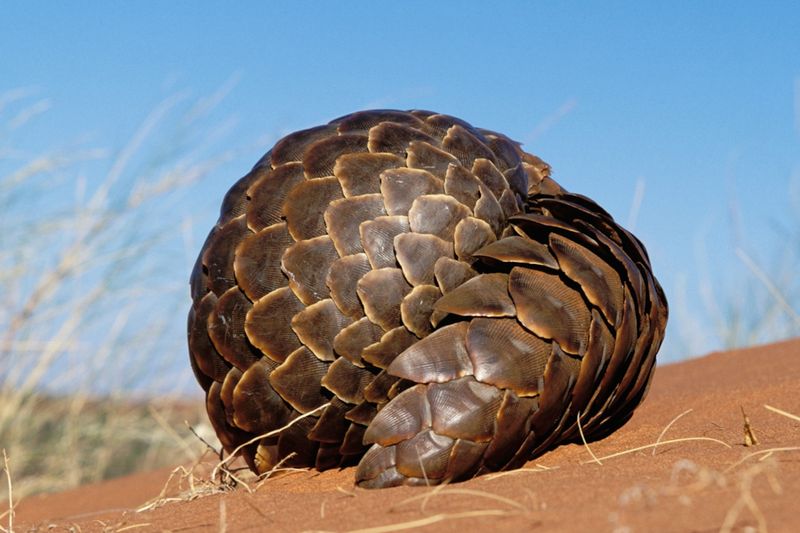
Covered from head to tail in overlapping scales, pangolins resemble medieval knights in armor. These scales—made of keratin, the same material as human fingernails—account for about 20% of their total body weight.
When threatened, pangolins roll into a tight ball, exposing only their protective scales. They can also release a skunk-like odor from special glands and thrash their sharp-scaled tails to deter predators who manage to get too close.
4. Rhinoceros Beetles

Pound for pound, these insects are among the strongest creatures on Earth. Their exoskeleton—made of chitin—provides exceptional protection while remaining lightweight and flexible.
Males sport impressive horns used for battling rivals, which can grow to be two-thirds of their body length. The beetle’s armor is so effective that it can withstand forces up to 850 times its own weight without damage, making it practically invincible against most predators its size.
5. Crocodiles

Surviving virtually unchanged for over 200 million years, crocodiles boast some of the toughest skin in the animal kingdom. Their armor consists of bony plates called osteoderms embedded within leathery skin.
These osteoderms contain calcium, making them incredibly hard—some can even stop bullets! Arranged in rows along their backs and tails, the plates provide protection while still allowing flexibility. Special sensory organs in their skin can detect tiny pressure changes in water, alerting them to nearby prey.
6. Thorny Devil
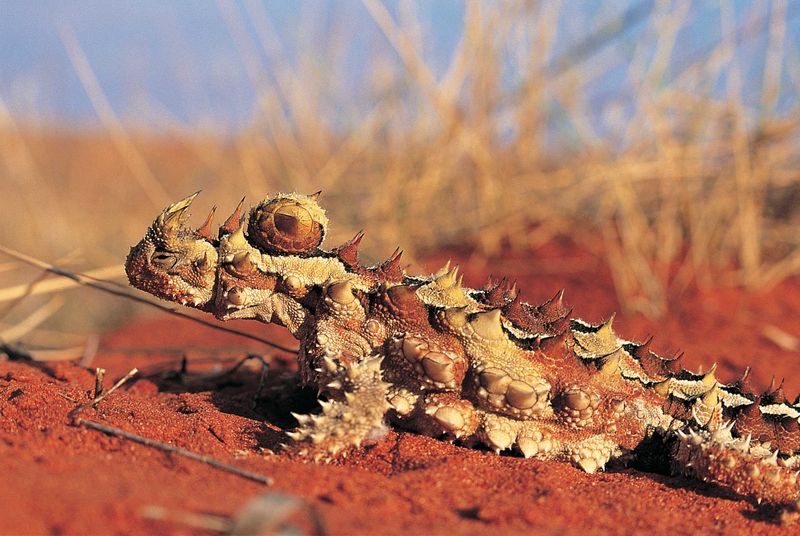
Looking like a miniature dragon, this lizard’s entire body is covered in sharp, densely packed spines. Beyond just deterring predators, these modified scales serve multiple clever functions.
The spines create a maze of tiny channels that collect morning dew and rainfall through capillary action, directing water straight to the lizard’s mouth—essential in the harsh desert. Their spiky armor also changes color like a chameleon, helping them blend into their surroundings when threats approach.
7. Porcupines
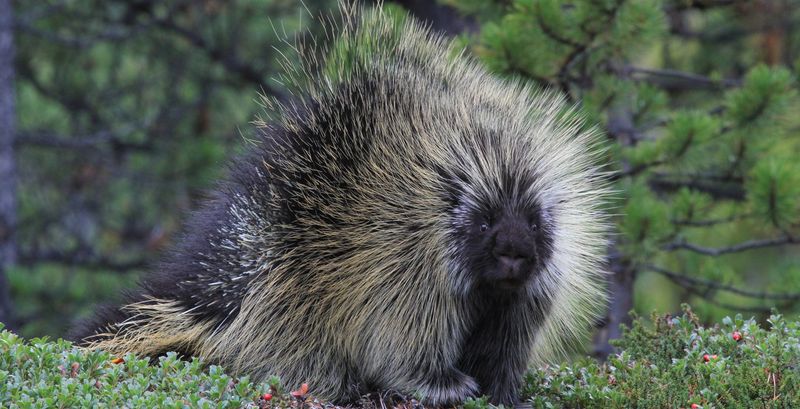
Sporting up to 30,000 quills, porcupines carry one of nature’s most painful defense systems. Contrary to popular belief, they cannot shoot their quills—but they don’t need to.
Each quill has microscopic barbs that work like fishhooks, making them easy to stick in but difficult to remove. When threatened, porcupines raise and rattle their quills, creating an intimidating display. They may also charge backward into predators, leaving the attacker with a face full of painful souvenirs.
8. Horseshoe Crabs

Roaming Earth’s oceans for over 450 million years, these ancient creatures sport helmet-shaped shells that haven’t changed much since dinosaurs ruled. Their hard exoskeleton consists of chitin and protein, forming an effective dome shield.
Underneath this protective covering lies something extraordinary—blue blood containing copper-based compounds that detect bacterial toxins. This remarkable feature has made horseshoe crabs invaluable to medical science, as their blood is used to test vaccines and medical equipment for contamination.
9. Trilobites
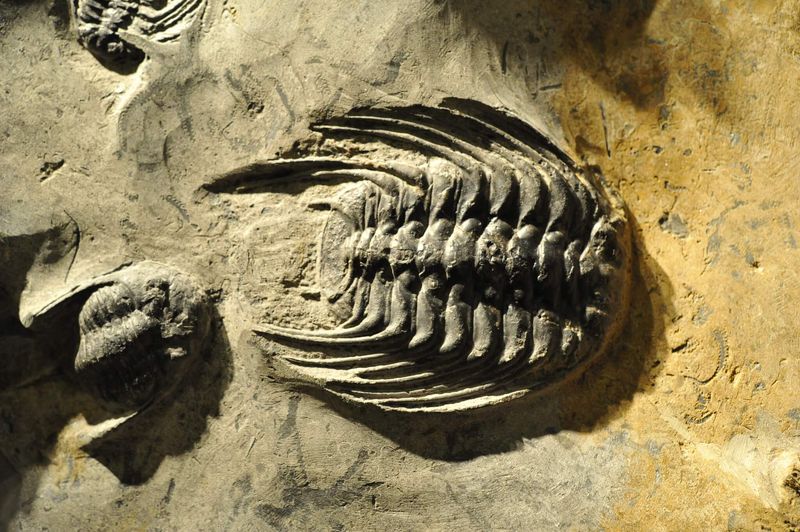
Among the earliest creatures to develop serious armor, these extinct marine arthropods dominated ancient oceans for over 270 million years. Their three-lobed exoskeletons consisted of calcite crystal—the same mineral found in limestone.
Some species could roll into protective balls like modern pillbugs. Others developed elaborate spines to deter predators. The most advanced trilobites even had complex compound eyes made of calcite crystals—the earliest known sophisticated visual systems, all protected by their remarkable crystalline armor.
10. Glyptodonts
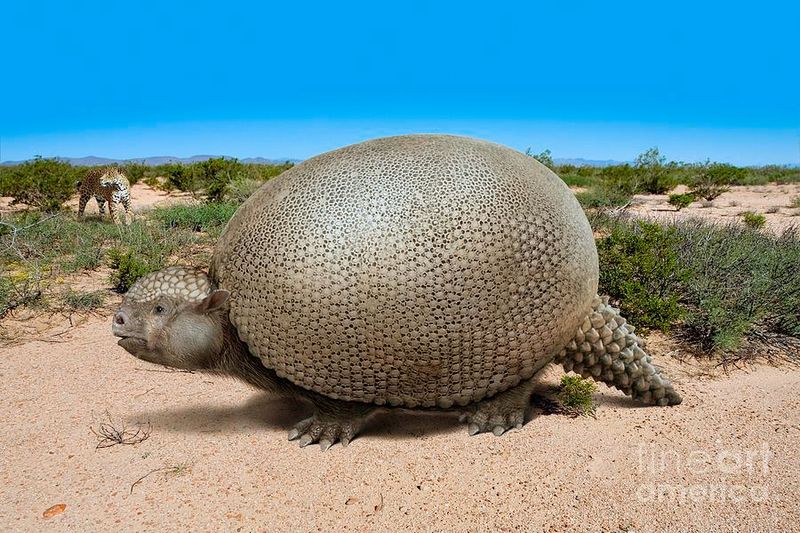
Imagine an armadillo the size of a Volkswagen Beetle! These extinct mammals roamed the Americas until about 10,000 years ago, protected by massive dome-shaped shells made of interlocking bony plates.
Unlike their modern armadillo cousins, glyptodonts couldn’t roll into balls—their armor was too rigid. Some species compensated with spiked tail clubs that could deliver bone-crushing blows to predators. Their impressive armor weighed hundreds of pounds, supported by sturdy pillar-like legs and fused vertebrae.
11. Boxfish
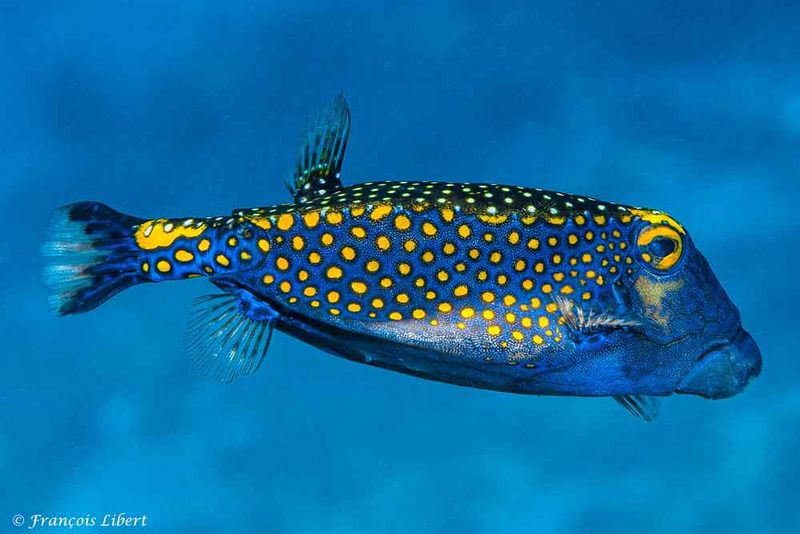
Encased in a rigid honeycomb-patterned box of fused bony plates, these tropical fish look like swimming dice. Their hexagonal scale pattern creates a remarkably strong yet lightweight armor that protects vital organs.
Engineers study boxfish to design more efficient cars and submarines! When threatened, they release a powerful toxin that can kill nearby fish. Their unique body shape creates vortices in water that actually reduce drag, allowing these seemingly clumsy-looking fish to maneuver with surprising agility despite their rigid armor.
12. Ankylosaurs
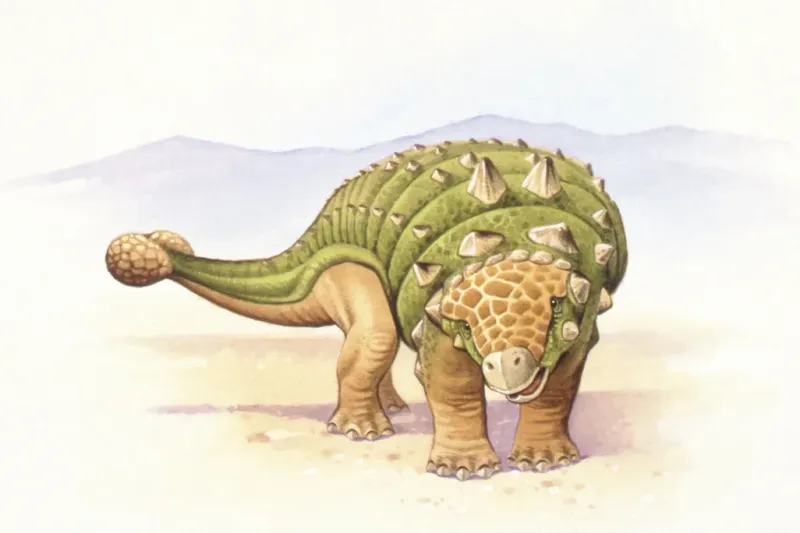
Walking tanks of the Cretaceous period, these plant-eating dinosaurs were covered from head to tail in bone plates called osteoderms, with some species growing to 26 feet long. Their armor included shoulder spikes and bony knobs for maximum protection.
The coup de grâce was a heavy tail club that could shatter the legs of even the fiercest predators like T. rex. Recent studies suggest their armor may have also helped regulate body temperature by absorbing and storing heat—prehistoric air conditioning!
13. Abalone
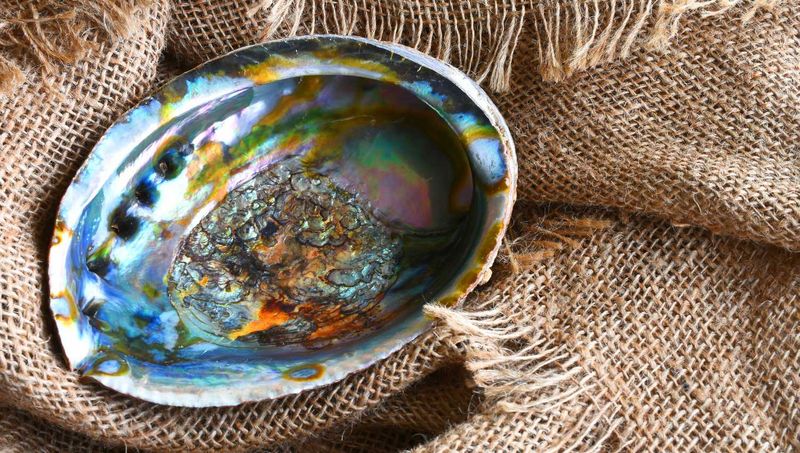
Hidden beneath crashing waves, these sea snails create some of nature’s most beautiful armor. Their shells consist of calcium carbonate arranged in a brick-like structure that’s twice as tough as our best ceramics.
The secret lies in microscopic calcium carbonate tiles stacked like bricks with protein mortar between them. This arrangement allows the shell to absorb impacts without shattering. The iridescent interior—mother-of-pearl—isn’t just pretty; its overlapping plates create a maze that cracks must navigate, making it extraordinarily fracture-resistant.
14. Mantis Shrimp
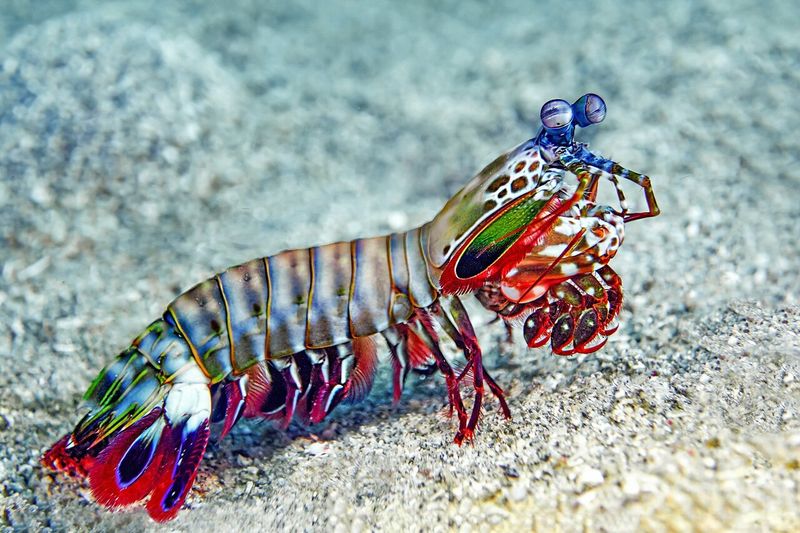
Famous for having the world’s fastest punch, these marine crustaceans also boast impressive armor. Their exoskeleton contains helicoid structures—twisted plywood-like arrangements of chitin fibers—that can withstand their own devastating strikes.
When mantis shrimp smash prey (with forces equivalent to a .22 caliber bullet), their clubs experience tremendous stress without breaking. Scientists study their armor to develop better body armor and sports equipment. Their remarkable exoskeletons also contain photonic crystals that create their spectacular rainbow coloration.
15. Tardigrades
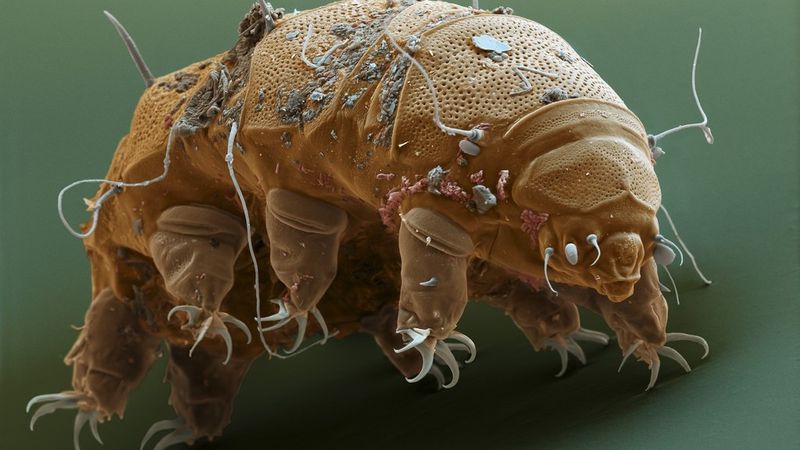
Nearly indestructible despite their tiny size, these water bears survive extremes that would kill any other animal. Their cuticle exoskeleton contains unique proteins that form a flexible yet tough barrier.
When conditions get harsh, tardigrades enter a dehydrated state called cryptobiosis, replacing water in their cells with special sugars that form a glass-like protective coating. This biological armor lets them survive the vacuum of space, radiation levels thousands of times what would kill humans, and temperatures from near absolute zero to 300°F.



